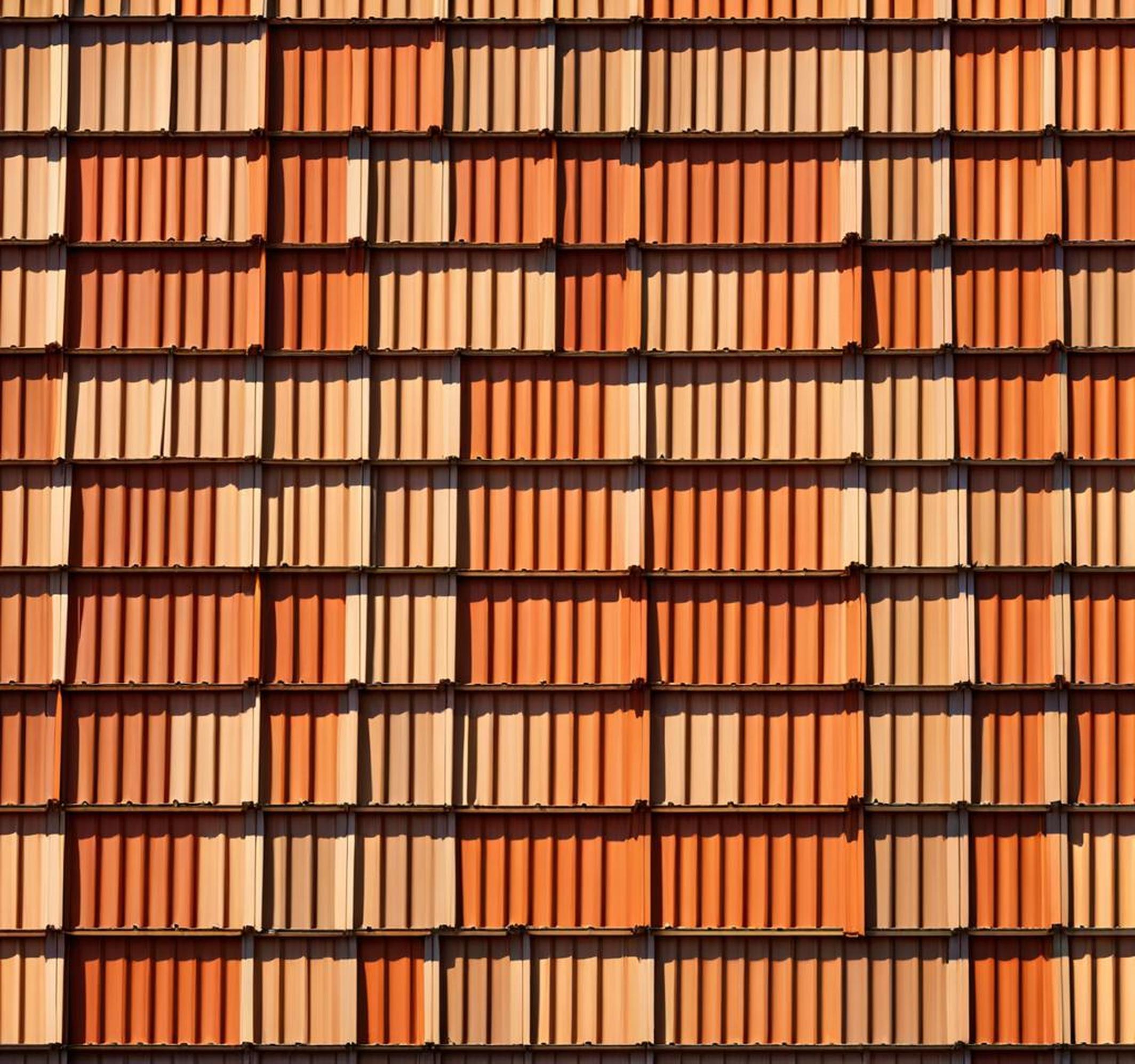Installing or replacing a roof is a major project that requires careful planning and material calculations. One of the most critical questions for both DIYers and contractors is: how many bundles of shingles do I need per roofing square?
Getting the math right on roofing bundles is key to having sufficient materials on hand without overordering and incurring unnecessary expenses.
What is a Roofing Square?
Before diving into bundle calculations, it’s important to understand what constitutes a roofing square. In professional roofing terms:
- A “square” refers to 100 square feet of roof area
- Roof measurements are based on horizontal space, not the actual surface area
Knowing the total square footage of your roof surface is essential for figuring out materials. An easy way to calculate square footage is length x width. For example, a 20 ft long x 50 ft wide roof = 1,000 sq ft (10 squares).
Why Roofing Squares Matter
Roofing materials like shingle bundles are packaged and priced per square. So accurate square footage is directly tied to how many bundles you’ll need. It also allows easy comparison between material estimates.

| Roof Dimensions | Total Square Footage | Equals Roofing Squares |
| 20 ft x 50 ft | 1,000 sq ft | 10 squares |
How Roofing Materials Are Packaged
Now that we know what a roofing square entails, let’s look at how shingles and other roofing materials are actually packaged and sold:
- Shingles are bundled into packs containing around 33 sq ft of coverage.
- A bundle weighs 60-80 lbs based on shingle type and size.
- Other common roofing materials like felt, flashing, nails also sold in standardized bundles.
With those basics covered, we can now get into the all-important roofing math…
Calculating Number of Bundles Per One Square
Given that a roofing square = 100 sq ft of area, and each shingle bundle covers ~33 sq ft, you can use simple math to calculate bundles needed:
- 100 sq ft (1 square) / 33 sq ft = 3 bundles
- Therefore, the standard calculation is 3 bundles of shingles per roofing square .
| Bundles-Per-Square Method | 1 Square = 100 sq ft | 1 Bundle = 33 sq ft | 100/33 = 3 |
| Standad Calculation | 100 sq ft | 33 sq ft | 3 Bundles |
For a 10 square roof example: 10 squares x 3 bundles = 30 bundles needed.
Why Pitch and Slope Matter
However, roof pitch and slope also factor into the equation. Steeper angled roofs require greater shingle overlap for water protection. Covered in the next section…
Factor #1: Waste Allowance
The above ‘3 bundles per square’ is just a starting point. All roofing projects also require a waste allowance – extra material to account for discontinuities and defects.
Waste refers to scraps leftover from cutting shingles around hips, valleys, vents, and edges. The installation process also requires overlapping layers.
The standard waste allowance is adding 10-15% more shingles . For example, 3 bundles x 15% extra = 3.45 adjusted bundles per square.
This ensures you order sufficient material because contractors cannot return half-opened bundles.
Why You Need Waste Allowance
Without proper waste allowance, you risk running out of shingles mid-project! Then you must order emergency bundles at high premiums to finish the job.
Factor #2: Roof Pitch and Slope
Roof slope and pitch change the math again. Slope refers to the roof’s vertical rise over the horizontal span while pitch measures steepness angle.
As slope increases, so does the shingle exposure needed for weather protection. Thus, steeper roofs require more shingle layers overlapping.
| Roof Pitch | Bundles Calculations | Total Bundles Per Square |
| Low Pitch (e.g 4/12) | 3 Bundles x 15% Waste | 3.45 Bundles |
| Steep Pitch (e.g 9/12+) | 3 Bundles x 20% Waste | 3.6+ Bundles |
As shown for steep 9/12 roofs, waste allowance may need to increase to 20%+ for sufficient coverage. Check manufacturer specs.
Pitch Adjustments by Roof Type
Complex roofs with lots of angles, valleys, dormers or obstacles require the most shingle layers. Hips and valleys get wrapped for water protection.
Each situation calls for carefully mapping all discontinuities and calculating adjusted bundles accordingly.
Benefits of Hiring a Roofer
For DIYers, accurately estimating bundles gets tricky with sloped or complex roofs. Professional roof inspection mapping using satellite data, drones, etc. allows accurate measurements.
Their bundle take-offs account for all nuances plus material variances between manufacturers and types of shingles selected.
While basic slopes and shapes can be DIYed, for roofing math peace of mind, having an expert assess your specific roof is invaluable.
We’ve covered the essential math behind calculating shingle bundles needed per roofing square. Always remember:
- Accurately measure full square footage using length x width
- Factor 10-15%+ waste allowance
- Account for pitch, slope, difficult areas
- Getting the bundle math right saves budgets!
For further reading, explore more tips in our shingle buying guides. And for any roofing project, having a professional inspection and estimate is highly recommended before purchasing materials.
